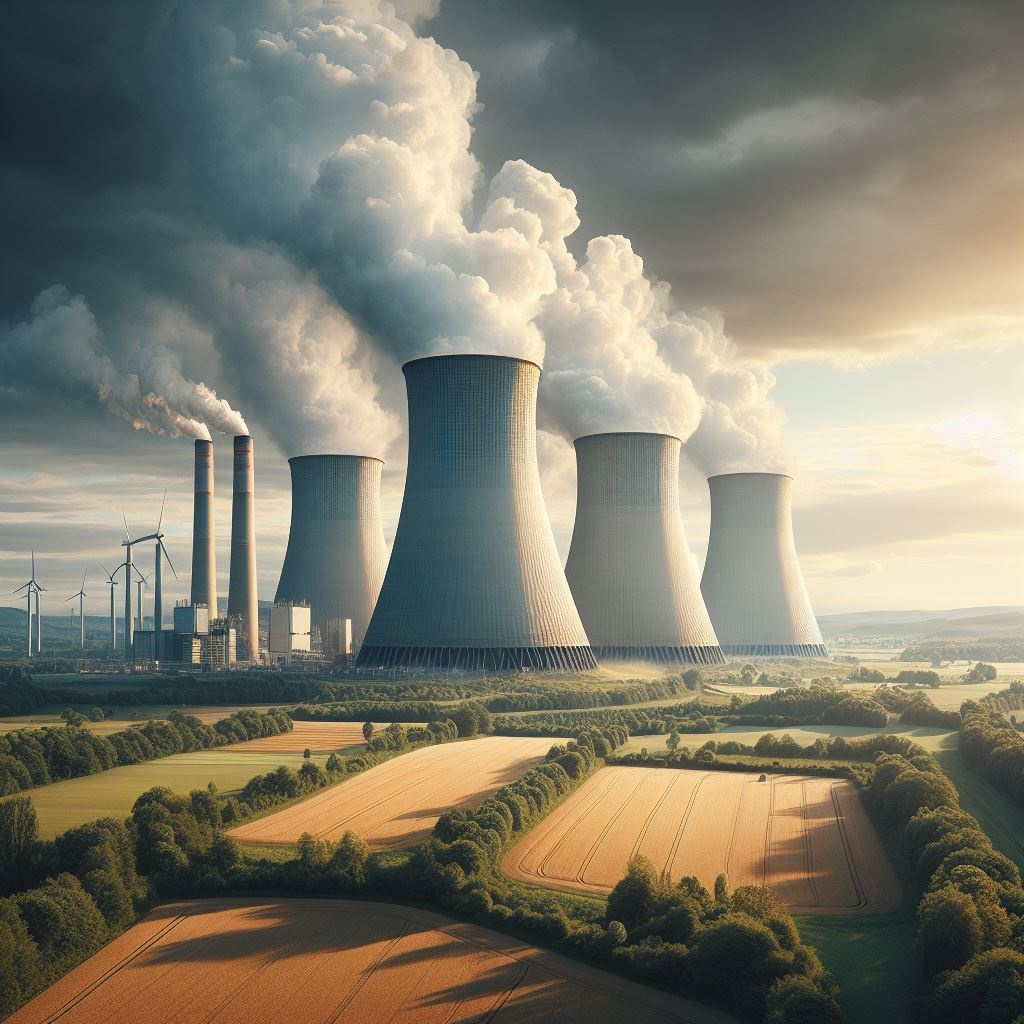Carbon capture has long been proposed as a way to let us keep burning fossil fuels, but can it ever be cost effective?
This section will provide you with an overview of the topic.

Carbon Capture: Trick or Treat?
We first need to clarify a few topics, and then delve into a little history.
What do we mean when we say carbon capture? Most people think you mean “taking the CO2 from somewhere like a power station, capturing it somehow so it is not emitted”. Indeed that is what I would say it is – however, for reasons that will hopefully become clear, industry has decided to differentiate “capture” from “storage”, creating the term CCS (carbon capture and stroage) – this means “carbon capture” is really just the actual “getting hold of it” part, because, after all, you may want to use it rather than store it – which gives you so-called “CCU” (carbon-capture and utilization).
That is an earful sorry, but too often people will use the terms vaguely leading to misunderstandings. For example, if you have a process that produces pure CO2, then do don’t actually need “carbon capture” at all.
With that all cleared up, we are ready for some history.
The heart of carbon capture technology is the black art of separating CO2 from other gases. When you burn fuel, you get CO2, sure, but if you burn it in air you will generally also have nitrogen present, and unless your furnace is perfect, you will have residual oxygen – you have also have soot and ash and more besides.
If you collect all the flue gases, you will find them very difficult to use or store. Nitrogen cannot be injected underground, nor does it react readily with almost anything1. The trick is to separate the CO2 from the other gases, and this separation step is what the term “carbon capture” refers to in the industrial context.
There are several ways to do this – the first way was developed by the oil and gas industry because some gas deposits contained significant CO2.
To be continued… xxx
- Nitrogen will in fact react to form ammonia under the right circumstances, and those circumstances are well known in industry, most famously as a the Haber process which has been essential in the production of fertiliser. However, this process is very energy intensive, and requires significant volumes of hydrogen. It is not thus a cheap was to dispose of nitrogen in flue gases. ↩︎